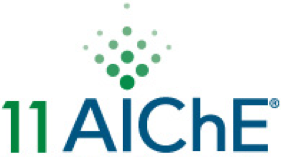

There are two major problems in current cellulosic ethanol production process: low ethanol productivity and high enzyme loading. Based on the current Separate Hydrolysis and Fermentation (SHF) process, it takes at least 96h to perform enzymatic hydrolysis to convert AFEX-CS to fermentable sugars at 6% glucan loading. It will then take another 96-168h to ferment those sugars to ethanol. By simply integrating enzymatic hydrolysis and fermentation, which is SSCF (simultaneously saccharification and co-fermentation), it still requires at least 168h to reach comparable results as SHF. Here we will present a novel SHF process. In this process, the easily hydrolyzed part of biomass is hydrolyzed first to fermentable sugars in 24h. The hydrolysate was then separated from residue solids and fermented to ethanol in 24h using high yeast cell inoculation. The residual solids (difficultly hydrolyzed part of biomass (DHPB)), which bound enzymes, are then transferred to the next cycle of hydrolysis. This way, enzymes are largely reused and enzyme loadings in the next cycles can thus be reduced. The yeast cells after 24h fermentation are also recovered and reused for the next cycle of hydrolysate fermentation. The time for each cycle hydrolysis/fermentation is 24h/24h. After five cycles, the difficult hydrolyzed part is collected and enzymatic hydrolysis is performed without adding additional enzymes. Since enzymes are accumulated to a relatively high concentration and part of the decomposition products are removed with liquid during the five cycles, the hydrolysis of DHPB would be easier to achieve high sugar conversion. Profiles of enzyme recycled in each step were characterized.
Presenter(s)
Once the content has been viewed and you have attested to it, you will be able to download and print a certificate for PDH credits.
If you have already viewed this content,
please click here
to login.
